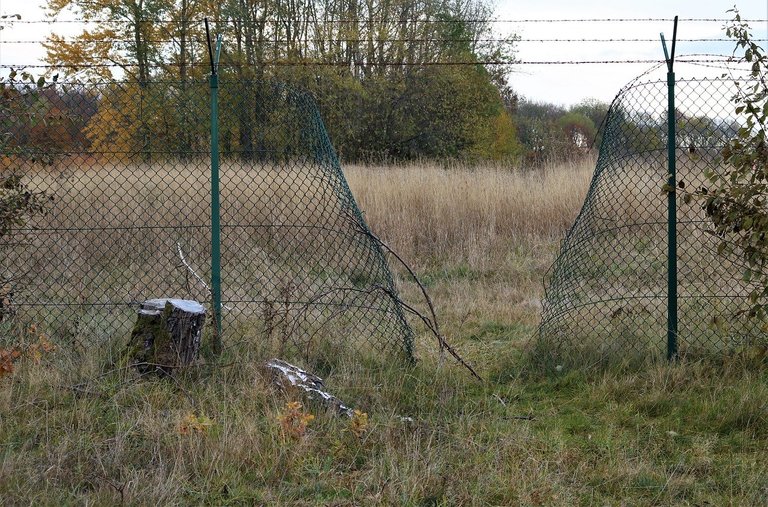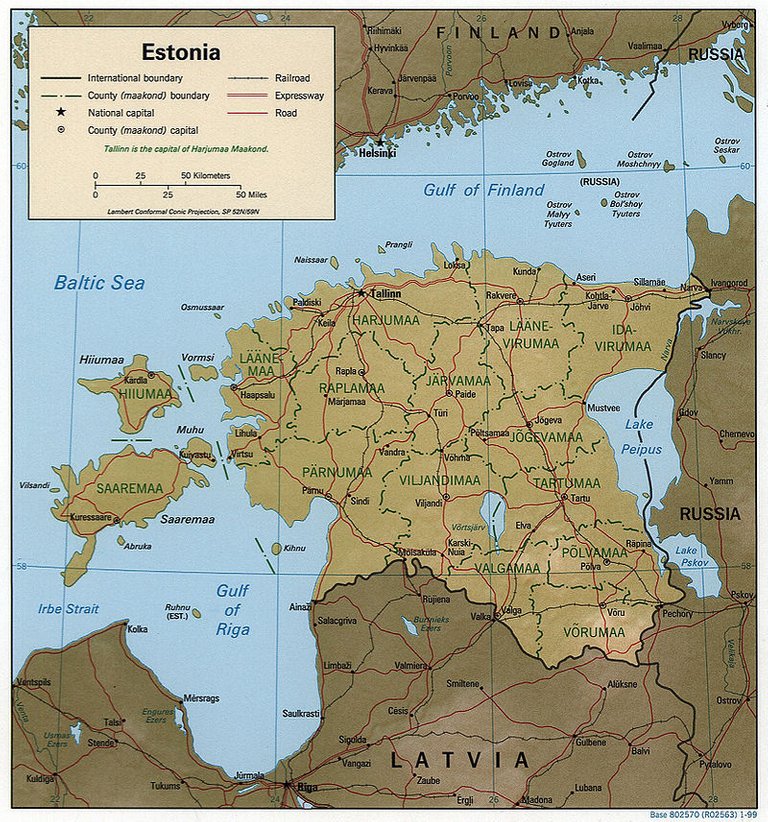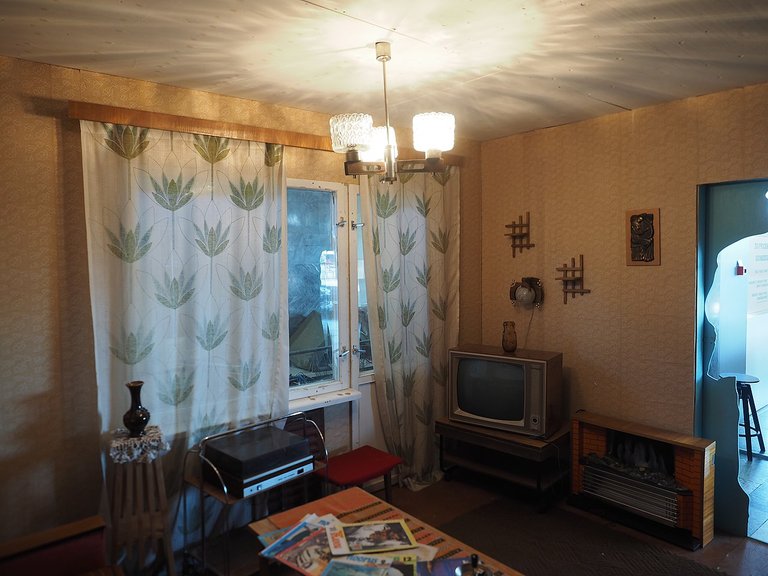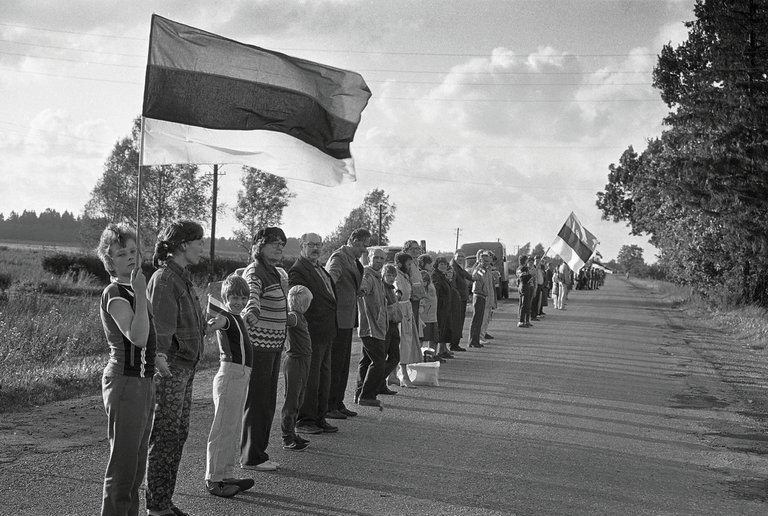
Times have been quite crazy over the past month and a half. While I've refrained from adding more fuel to the fire - that is more repetitive posts into the endless stream of corona (except for the one rant) and JSun the Butcher's deeds on the now abandoned blockchain (well, almost abandoned, we still have our powerdowns going on and rewards to bring over here), I just feel like I should write about one or the other now. I don't really have anything else to add on the viral outbreak topic, so we'll go with the latter instead.
A few days or even a week or two ago a thought popped up on my mind and I haven't been able to let it go since. I discovered the recent blockchain happenings resemble a very important chain of events in the history of my own country - the Reindependence of Estonia.
Before we go any further I feel obligated to introduce my country in a few words to those of you who might not have heard its name (or have but don't know anything about it).
The Republic of Estonia

Estonia is quite a small country with an area of about 45 339 square kilometers and a population of about 1.3 million people in total (you read that right). It's located in North East Europe with it's neighbouring countries being Finland (North overseas), Russia (East), Latvia (South) and Sweden (West overseas). If you'd be looking at the world map, Estonia itself resides in quite a sweet spot strategically, which has caused a lot of trouble to us throughout history (mainly in the form of occupations).
The official language in the country is Estonian, which belongs in the Finno-Ugric language group - meaning it is similar to the language of our Finnish neighbors overseas but not at all similar to the ones of our neighbors with no sea separating us - Russia and Latvia. Despite the differences between us and our southern neighbor, at one point in very distant history Estonia, Latvia and a part of Lithuania were one big country called Livonia. Now we're just called the Baltic countries (though Estonia aspires to rather be called Nordic).
Coming back to occupations, we've been fully or partially occupied by Germany, Sweden, Russia, Denmark and Poland. In the 19th to 20th century Germany and Russia kept occupying us from eachother as if we were the ball in a ping pong game between them.
Estonia in the USSR
To fully understand what led to our reindependence, we'll have to time-travel to August 23rd, 1939. It was just before World War II when Nazi Germany and Soviet Union signed the Molotov-Ribbentrop Pact that divided Poland in two halves for both of them to have power over. At the exact same time another secret document was signed where several other countries destiny was also to be assigned to one or the other side, and so Estonia amongst others was forcefully made a part of the Soviet Union.

From what I've heard, life under the power of the Soviet Union wasn't really that great, although many middle aged people look back to the times in nostalgia. In order to buy food or supplies from a grocery store, one was given tickets that allowed them to buy an assigned amount of the thing. Since it was a great risk that stores would go out of stock in the middle of the day, people would stand in queues just outside of the stores already at dawntime. If one were to befriend a cashier, though, one might've had the chance of getting supplies from "under the counter".
The Soviet Union was mostly ruled by older men, so as years went on the leaders began dying. And a great way of acknowledging something was going on in Moscow again (i.e one of the leaders fell extremely sick or died), was when they suddenly started playing classical music all day long on the radio. Then again, that's just what I've been told. I can't really judge or have a say in what really did or did not happen here then myself, I wasn't concieved until six years after the reindependence.
This finally brings us to the chain of events that led to our Reindependence in August of 1991.
The Reindependence of Estonia
In 1985 the eight and last leader a tad more libertarian Mikhail Gorbachev introduced "glastnost" (openness) and "perestroika" (restructuring) in hopes of stimulating the failing Soviet economy and encouraging productivity, particularly in the areas of consumer goods, the liberalisation of cooperative businesses, and growing the service economy. Thanks to Gorbachev's perestroika and recent greater exposure to the Western culture (through èmigrè communities, Finnish TV channels seen in Tallinn and "underground" events like Plaadimägi ((vinyl) Record Hill) Estonians gained courage to demonstrate their dissatisfaction towards the Soviet system in masses. It was around that time also when the punk movement in Estonia started.
In 1987 it was revealed that the Soviet government had a plan of excavating phosphorite in the Lääne-Viru County. Since it had potentially catastrophic concequences for the environment and society, a public environmental campaign called ''Phosphorite War'' was started. The movement was successful in achieving its immediate goals alongside with encouraging and strenghtening the nationalist movement in Estonia.
On August 23rd, 1987 (anniversary of the forementioned MRP) an organisation called MRP-AEG (The Estonian Group on Publication of the Molotov-Ribbentrop Pact) held a public meeting in Hirvepark, Tallinn, demanding to disclose and condemn the secret protocol of MRP. It was attended by 2,000 to 5,000 people, and was one of the first organized public demonstrations against the Communist Party.
The Singing Revolution
In 1988 a series called the ''Five Patriotic Songs'' by Alo Mattiisen premiered at the Tartu Pop Festival. The same year in the summer another song festival was held in the Old Town of Tallinn. After the official part of the festival, the participants moved on to the Song Festival Grounds in Kadriorg and spontaneously sung patriotic songs together.

On August 23rd, 1989 (once again on the anniversary of MRP) a human chain of two million people or with the length of 675.5 kilometres (419.7 mi) was formed with it's one end in Estonia and the other end in Lithuania. The people stood there holding hands, singing. The event is now known as the Baltic Chain (''Balti kett'').
The Singing Revolution lasted over four years, during which several more song festivals and protests were held.
On November 16th the Supreme Soviet of Estonia issued the Estonian Severeignty Declaration, giving Estonian laws supremacy over the laws of the Soviet Union.
August 1991
In 1991, as Soviet tanks attempted to stop the progress towards independence, the Supreme Soviet of Estonia together with the Congress of Estonia proclaimed the restoration of the independent state of Estonia and repudiated Soviet legislation. People acted as human shields to protect radio and TV stations from the Soviet tanks. Through these actions Estonia regained its independence without any bloodshed.
Independence was declared on the late evening of August 20th, 1991, after an agreement between different political parties was reached. The next morning Soviet troops, according to Estonian TV, attempted to storm Tallinn TV Tower but were unsuccessful. On August 22nd, 1991, Iceland became the first nation to recognise the newly restored independence of Estonia.
The Reindependence of our Community // TL;DRoGI
I'm sure many of you who've stayed with me through this journey of a post have already connected the dots and figured out the similarities of the histories of Estonia and our blockchain community. For those who didn't read or understand the clues, this could be considered the ''Too Long; Didn't Read or Get It'' section. I shan't go into as much detail as I did in the previous sections, so if you didn't read the lot and won't understand the following, scroll back up and start reading!
Without further ado, here we go:
- Ned Scott selling Steemit along with the huge stake to Justin Sun which came as a surprise to most of us on this very Valentine's Day could be considered similar to the Molotov-Ribbentrop's Pact and its secret protocol.
- Just like life in Estonia under the power of USSR, the short time under JSun the Butcher's staked power wasn't exactly easy.
- Our witnesses and the community vocally fighting against JSun's regime on and off the blockchain, especially in Twitter could be considered quite similar to the Singing Revolution. I propose calling it the Tweeting Revolution.
- The fight for witness spots between our community elected witnesses and JSun's sockpuppets was like Estonians defending the radio and TV stations against the Soviet tanks just before declaring our reindependence.
- Last but not least, the hard fork / launch of Hive itself - this is the Reindependence of our Community.
Of course there were a LOT of differences between both of these major chains of events and I'm not saying they are equal or that their levels of importance are equal. This post was meant more as to confirm the saying ''History repeats itself'' even if it's not all exactly the same.
Finally, I would like to thank each and every person for making any of this possible (both independent Estonia and our independent blockchain community). A lot of work has been done and a lot of work has yet to be done, but the most important thing is - the word is free and a functioning community is what matters!
Ooh, nice write-up. I remember Tere Perestroika being my favourite ong when I was a kid, all the mohawks and punk culture and shit. In fact, I just went and listened to it now, twice!
Dude, I've been into punk rock since I was around 11! ;)
Have you ever had a mohawk?
No, but I really really wanted one! Almost got one, too, but my dad said he'd "not know" me if I got one and mom started talking about how I wouldn't get employed in the future if I had one and how people would make fun of me, etc. A very jerk move by both them, I'd say.
xE that is an unclear determent amount of time
Well, there's actually a clear hint for my age in the post (and in my profile bio), :D
But to make things easier, I've been into punk rock for about half of my life.
Here ya go!#posh:
Gramps here was glued to the news and was 'lucky' enough to live through that really interesting period of history as the Soviet Bloc fell apart piece by piece which then allowed me to go and visit all these amazing countries for myself!
I think you're lucky not have been born under occupation as that's exactly what it was. People have a habit of remembering the 'old days' fondly regardless of the hardships which is an odd human trait but I can't believe anyone would swap in reality!
The funny thing you mentioned was that you consider yourself Nordic rather than Baltic. That's what they say in Latvia too but I'd agree with you more having been to both countries more than once in the early 2Ks.
Keep safe there and stop in and write stuff!!
I bet there will be some crazy people looking back to the whole situation with the virus fondly in the future... 😅
You left such a nice compliment not too far back, and I'm glad I have the chance to repay the favor. Lemme just say, I didn't think our little revolution as significant as history's past, but that might just be a personal bias. It is hard to ignore that no one, then and now, stopped fighting for what they believe in. In that regard, I think your post is very important. Nicely done.
Thank you! You're right, just like in the end I said - the levels of importance can't and shouldn't really be compared to eachother BUT still these events were really similar in their own ways.
This post was shared in the Curation Collective Discord community
community witness. Please consider using one of your witness votes on us here for curators, and upvoted and reblogged by the @c-squared community account after manual review.@c-squared runs a